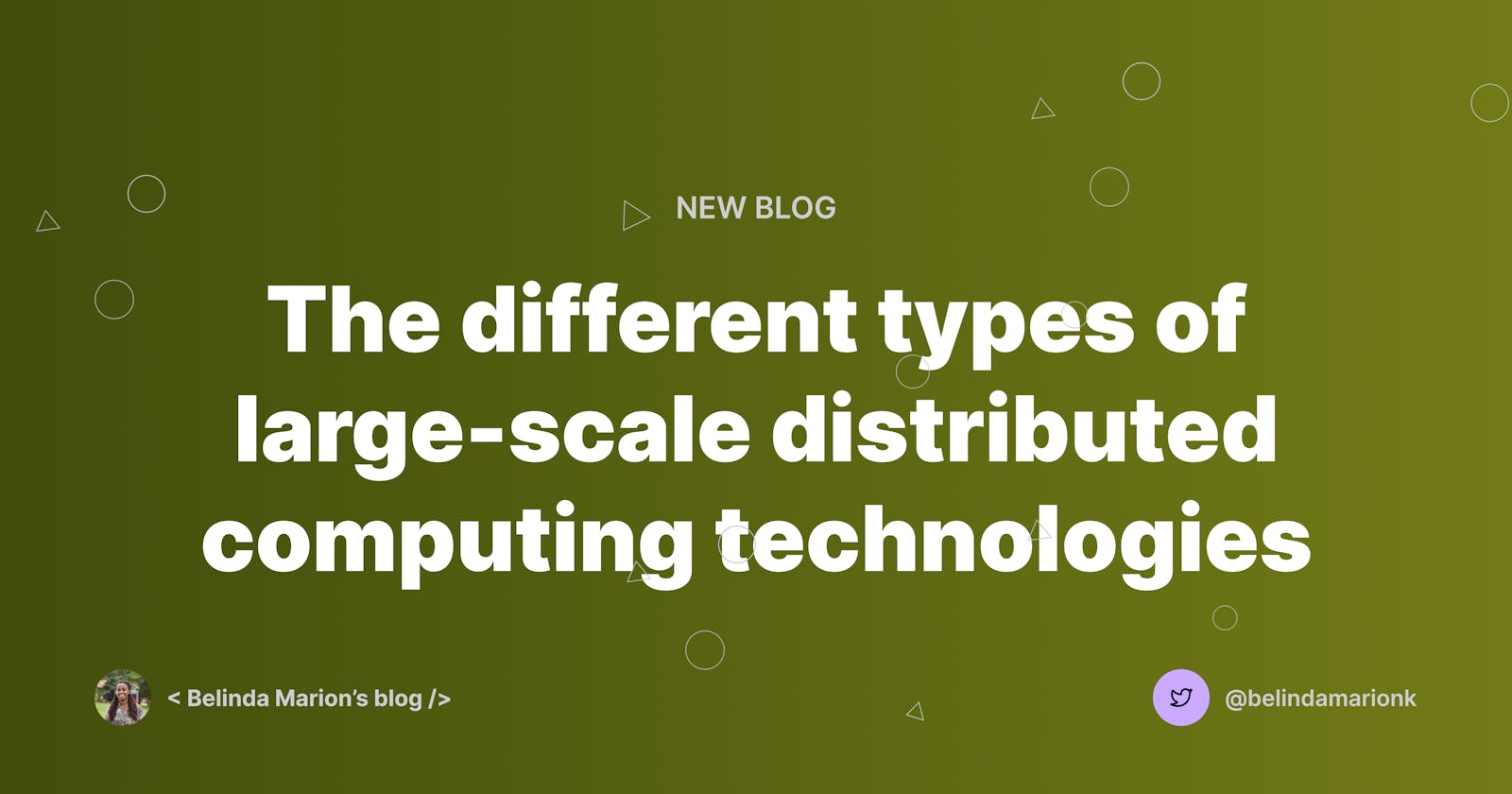The different types of large-scale distributed computing technologies
What are large-scale distributed computing technologies?
Computing technologies that use a large amount of data across a network of computers are referred to as large-scale distributed computing technologies. Cloud computing is a more recent development of these technologies, having evolved from the early days of mainframe computing.
Types of large-scale distributed computing technologies
Grid Computing
Grid computing is a type of distributed computing that enables the sharing of computing resources across a network. Grid computing is typically used to tackle large-scale problems that require the use of many computers.
One example of a grid computing project is the World Wide Web, which can be seen as an extensive distributed system that spans the globe.
Utility Computing
Utility computing is a type of distributed computing where resources are provided as a pay-as-you-go service. Utility computing is often seen as the next step in the evolution of distributed computing, as it allows for a more flexible and scalable way of providing computing resources.
One example of a utility computing service is Amazon web services, which provide a range of services that can be used on demand, such as storage, compute, and databases.
Now you maybe thinking; Utility computing is cloud computing.
Well, cloud computing can be seen as a subset of utility computing. Cloud computing includes all the features of utility computing, but it also adds features such as elasticity (the ability to scale up or down depending on demand) and pay-per-use pricing.
Peer-to-peer networks
Peer-to-peer (P2P) networks are a type of distributed computing network where each node in the network is both a client and a server. P2P networks are often used for file sharing and other applications where decentralization is desirable.
One example of a P2P network is BitTorrent, which is a file-sharing protocol that enables users to share files directly.
Cluster computing
Cluster computing is a type of distributed computing where a group of computers is connected to form a single system. Cluster computing is often used to improve the performance and reliability of applications and services.
One example of a cluster computing system is Hadoop, which is an open-source framework that helps to process and analyze large data sets.
Cloud computing
Cloud computing is a type of distributed computing that allows for the delivery of computing resources as a pay-as-you-go service. Cloud computing is often seen as the next step in the evolution of distributed computing, as it allows for a more flexible and scalable way of providing computing resources.
What advantage does cloud computing have over other distributed computing technologies?
Cloud computing has several advantages over other distributed computing technologies. These advantages include the following:
scalability: the ability to scale up or down depending on demand
flexibility: the ability to use a variety of different resources
pay-per-use pricing: the ability to only pay for the resources that you use
convenience: the ability to access resources from anywhere
What disadvantage does cloud computing have over other distributed computing technologies?
One potential disadvantage of cloud computing is that it can be less secure than other distributed computing technologies, as data is often stored off-site on servers that are outside of the control of the user. Another potential disadvantage is that cloud computing can be more expensive than other types of distributed computing, as users may be charged for the resources that they use.
